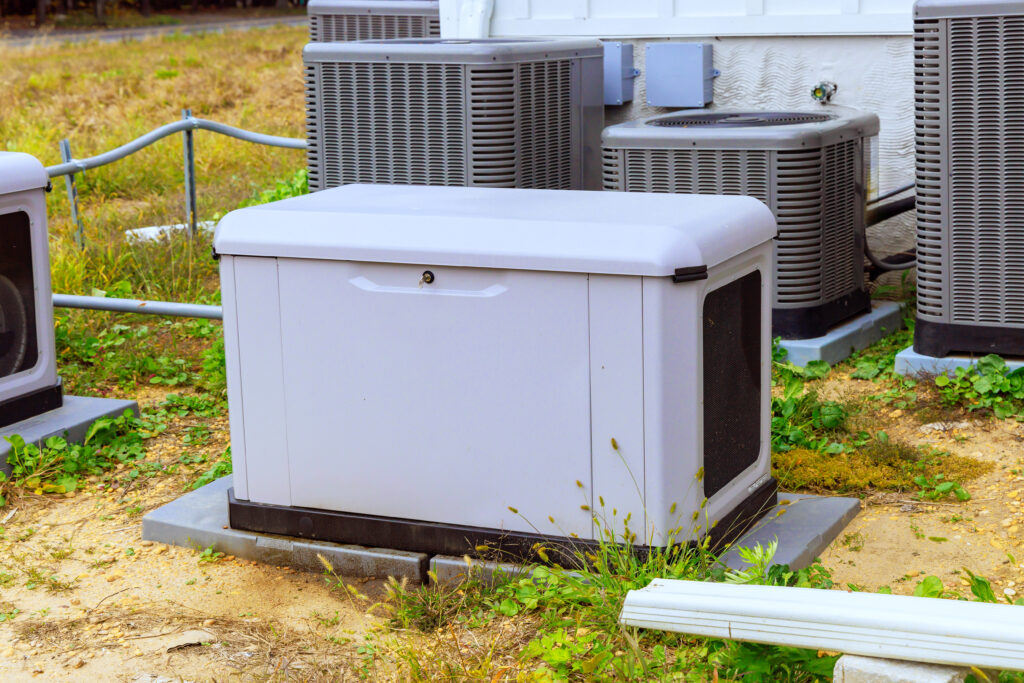Maybe you’re considering a standby generator for your home, or you just need a portable unit for backup power either way, it’s wise to hire a professional for the installation. At LB Electric, we can guide you through the timeline and steps involved.
Perhaps you’re considering a standby generator for your home or just need a portable generator for backup power—you’ll need a pro to help you with the installation process. At LB Electric, we specialize in home generator installation in Ottawa and can help you navigate the timeline and steps involved.
So, how long does it take to install an emergency generator? The answer depends on several factors. Let’s dive into the details to give you a better understanding of what to expect when you install a backup generator.
Factors That Affect Generator Installation Time
The installation of a generator isn’t a one-size-fits-all job. Several factors determine how long the installation process will take, including the type of backup system you choose, the site preparation needed, and the complexity of the electrical wiring process. Several factors determine how long the installation will take, the extent of site preparation, and the complexity of the electrical wiring.
Type of Generator
The type of generator you choose, whether portable or standby, plays a major role in how long it takes to install. Portable generators are typically quicker to set up since they don’t require permanent installation. In contrast, a home standby generator requires more planning and site preparation due to the need for a transfer switch and proper electrical connections.
Generator Size
Another important factor is the size of the generator. Larger generators with higher power output may take longer to install because they require more electrical wiring and careful placement to provide enough power to your home. Your home will also need to accommodate the space needed for the generator, which may include installing a concrete slab or pad for proper generator placement.
Fuel Source
Most standby generators operate on natural gas or propane. The installation of a fuel line and connecting it to your fuel supply (like a gas line) can take additional time. If you’re installing a home standby generator, you’ll also need a well-drained area for the generator and enough space to allow for maintenance and operation.
Automatic Transfer Switch (ATS)
A key component of a backup power system is the automatic transfer switch, which automatically switches your home’s power from utility power to the backup generator during an outage. Installing the ATS involves electrical wiring and may require inspections from local authorities to check that everything meets the necessary building codes.
Site Preparation
Before installation, the location where you plan to place your generator needs to be prepared. For standby generators, this might involve levelling the ground, pouring a concrete slab, and providing enough access for both installation and future maintenance. If you’re installing a generator outside, you’ll need to keep it away from windows, doors, and any ventilation systems to prevent exhaust buildup.
Licensed Electrician
You’ll need a licensed electrician to handle the electrical wiring for your generator. The electrician will safely connect the generator to your home’s electrical system, including wiring the transfer switch and fuel lines and connecting the generator to your appliances and electric devices. Depending on the complexity of your system, this part of the process could take anywhere from a few hours to a few days.
Typical Generator Installation Timeline
- Portable Generators: If you’re going for a portable generator, the installation is typically quicker, taking anywhere from 2-4 hours. You’ll need to connect it to your appliances, like a sump pump or heating device, and provide an adequate fuel supply.
- Standby Generators: The installation process for a home standby generator is more involved. It usually takes about 1 to 2 days to complete as it includes site preparation, electrical wiring, fuel line installation, and connecting the generator to your automatic transfer switch.
Cost of Emergency Generator Installation
The cost of generator installation in Ottawa varies based on the type of generator, fuel source, and the complexity of the setup. On average, you can expect to pay anywhere from $3,000 to $10,000 for a home standby generator and installation. This cost includes the generator unit, installation labor, electrical wiring, and fuel lines. Additional costs may apply for site preparation like pouring a concrete slab or installing a natural gas line.
Portable generators are typically cheaper, with costs ranging from $500 to $3,000 depending on the wattage and features. Installation costs for portable generators are much lower since they don’t require permanent placement or significant wiring.
Why Choose LB Electric for Your Generator Installation in Ottawa?
At LB Electric, we specialize in home generator installation and have years of experience installing both standby generators and portable generators.
Our team of licensed electricians ensures that your generator installation meets all local regulations and safety standards. We also handle everything from fuel supply connections to site preparation, so you can rest assured that your backup power system will be ready when you need it most.
If you’re ready to install a generator in your home or business in Ottawa, contact us today to get a personalized quote based on your site preparation, generator size, and installation needs.



